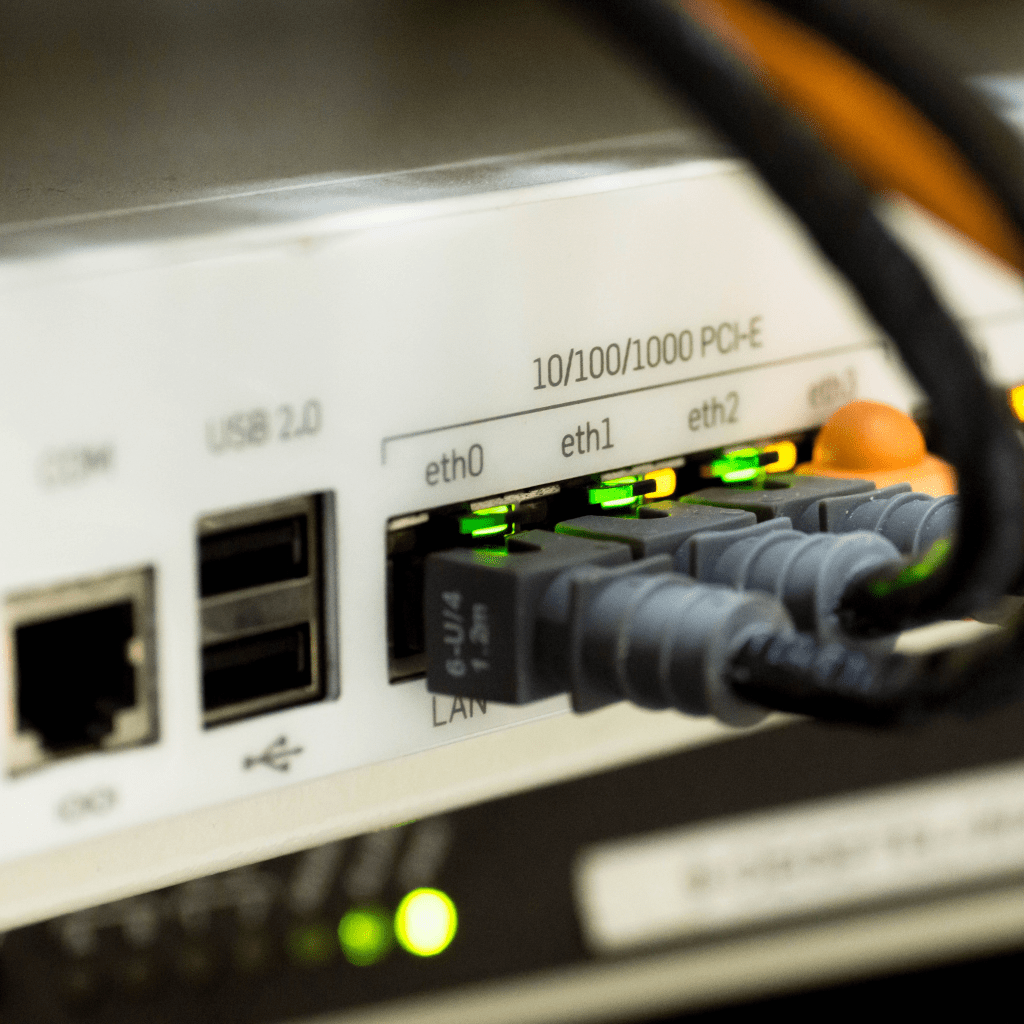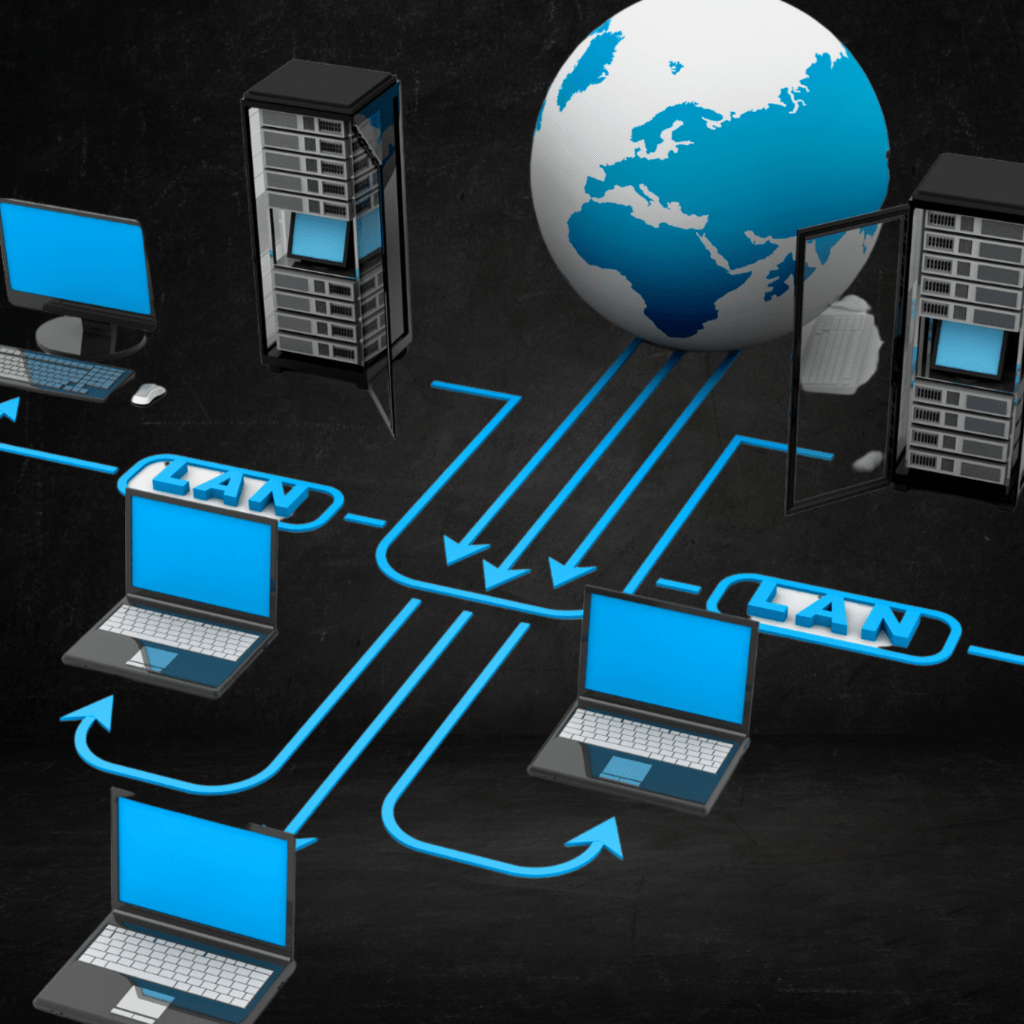network & communication
what is network

A LAN is a computer network that consists of access points, cables, routers, and switches that enable devices to connect to web servers and internal servers within a single building, campus, or home network, and to other LANs via Wide Area Networks (WAN) or Metropolitan Area Network (MAN). Devices on a LAN, typically personal computers and workstations, can share files and be accessed by each other over a single Internet connection.
A router assigns IP addresses to each device on the network and facilitates a shared Internet connection between all the connected devices. A network switch connects to the router and facilitates communication between connected devices, but does not handle Local Area Network IP configuration or sharing Internet connections. Switches are ideal tools for increasing the number of LAN ports available on the network.
THE BASIC LAYOUTS OF LOCAL AREA NETWORKS

The Local Area Network layout, also known as Local Area Network topology, describes the physical and logical manner in which devices and network segments are interconnected. LANs are categorized by the physical signal transmission medium or the logical manner in which data travels through the network between devices, independent of the physical connection.
LANs generally consist of cables and switches, which can be connected to a router, cable modem, or ADSL modem for Internet access. LANs can also include such network devices as firewalls, load balancers, and network intrusion detection.
How Does Local Area Network Work

The function of Local Area Networks is to link computers together and provide shared access to printers, files, and other services. Local area network architecture is categorized as either peer-to-peer or client-server. On a client-server local area network, multiple client-devices are connected to a central server, in which application access, device access, file storage, and network traffic are managed.
Applications running on the Local Area Network server provide services such as database access, document sharing, email, and printing. Devices on a peer-to-peer local area network share data directly to a switch or router without the use of a central server.
